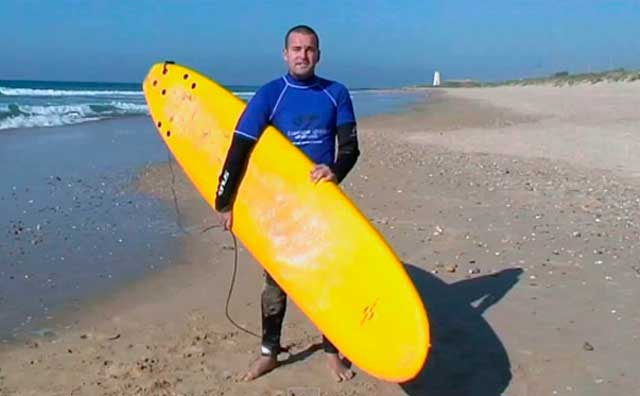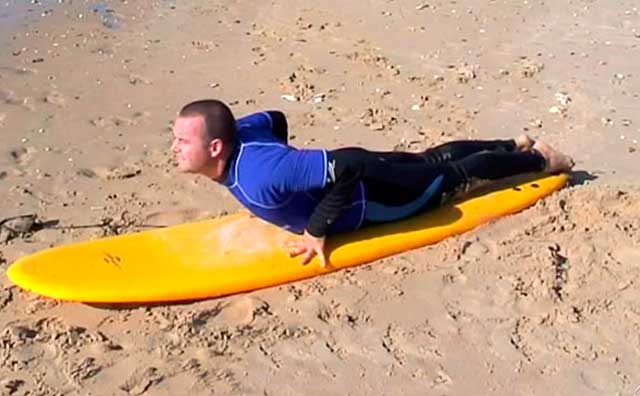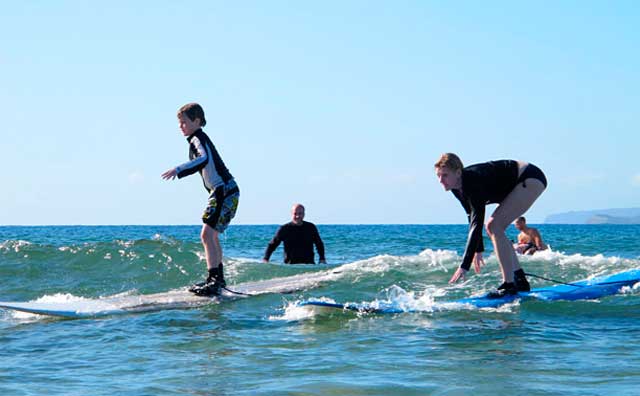Guide to learning a surf in a day
Guide to learning a surf in a day
We leave a basic guide to learning a surf in a day. Although we are going to explain a basic surfing tutorial, we also recommend that you take the first steps of doing them in a surf school and give them notions of safety, be on a controlled beach and advise at all times to progress satisfactorily in this extreme sport.
To start surfing, choose a beach with small waves no more than half a meter high. It is important that the beach is sand bottom and is controlled by watchmen. Do not ever just get into the water.
Let’s start with the first steps to learning a surf:
1. Basic surfing equipment
- A foam board. The foam boards are more and are safer and suffer some blow with it.
- A copy of a neoprene to protect from the sun and cold water and avoid the body rubbing against the board.
- Invention (o belt), is the rope that a board and an ankle so you do not lose them when you fall into the water. It’s your life insurance, which will tie you to the table. It is tied in your back leg.

2. Learn to catch waves lying down
To do this practice the correct position in the sand. Place your feet well together with your fingers touch the end of the board. Center the body with the board and lift the chin and chest with the hands on the board attached to the body and the height of the chest.

3. Choose the right wave
Stand with the board straight, facing the shore and choose the waves formed by foams that have just broken to have strength and consume you. Three or four meters before the wave comes you should begin to paddle hard, and once the notes take you adopting the posture from step 2.

4. Get up and surf
Before attempting to stand you should practice previously in the sand. You should also know if you are “goofy” or “regular” (you have left foot in front). Place your board in the sand and place your feet. Think about the most natural situation in which you are most comfortable practicing posture.
We put up the table as in step 2. One hour to climb up the table, turn the ankle back (but it should be inside the table) and lift the head and chest. Then slide the front foot forward and always to the center of the board, once made this kind of jump shawl bent knees. You’re up now, now spread your arms to keep your balance.

5. Learn a fall in surfing.
When you go to a board table, the belt of the back tries and protects his head with his arms (there may be rocks, he can hit with his own board or with the other surfer). Do not fall with your head in front and you may have shallow depth or rocks and may seriously get damaged. Before falling, remember to give a good breath of air to have the lungs full of oxygen.
Some recommendations or tips:
- Ask the beach watchers for safe surfing areas and areas of currents or stones to avoid. Know your limitations and always start with small ones.
- Choose a table of chord level and with enough buoyancy. Ask for advice at school or at the rental shop.
- Use sunscreen on face and neck.
- Respect the priority in surfing and respect the environment.
If you want to see an explanatory video in action follow this youtube link.
